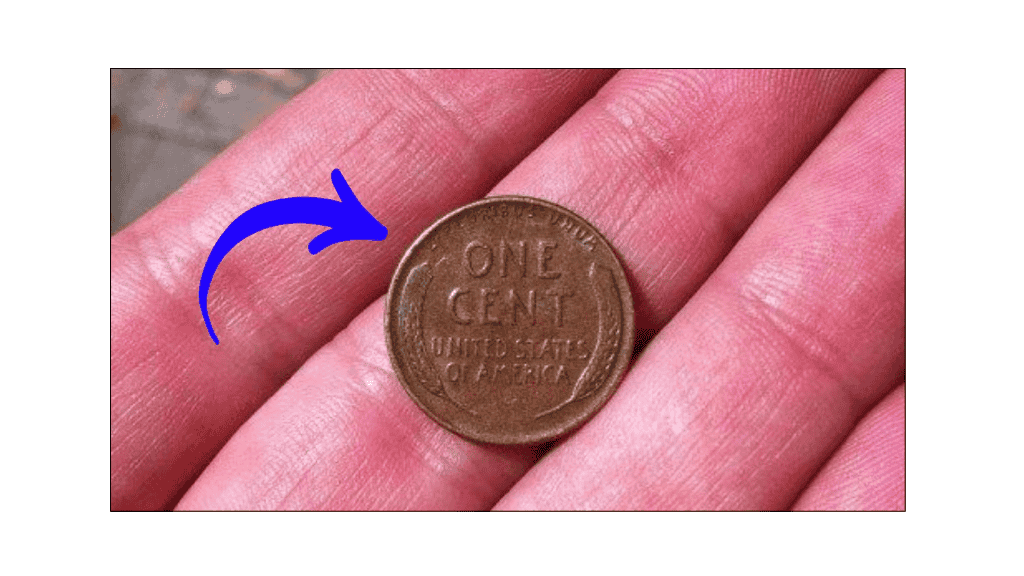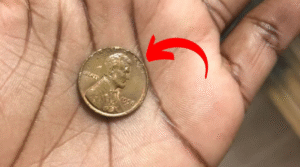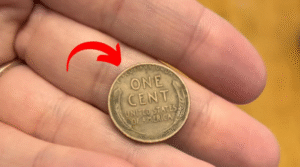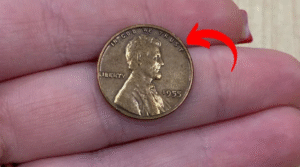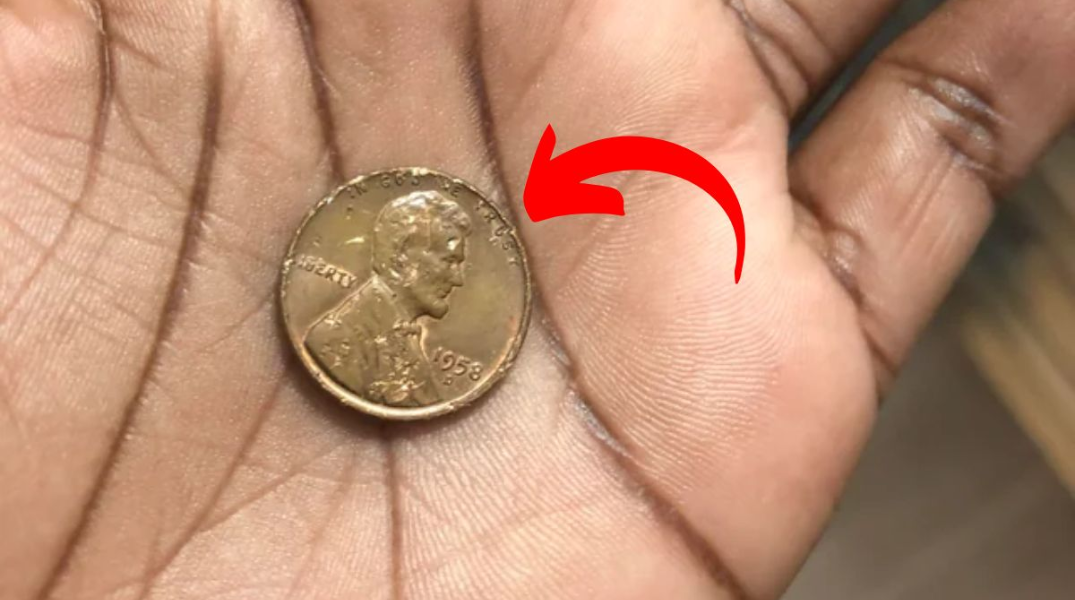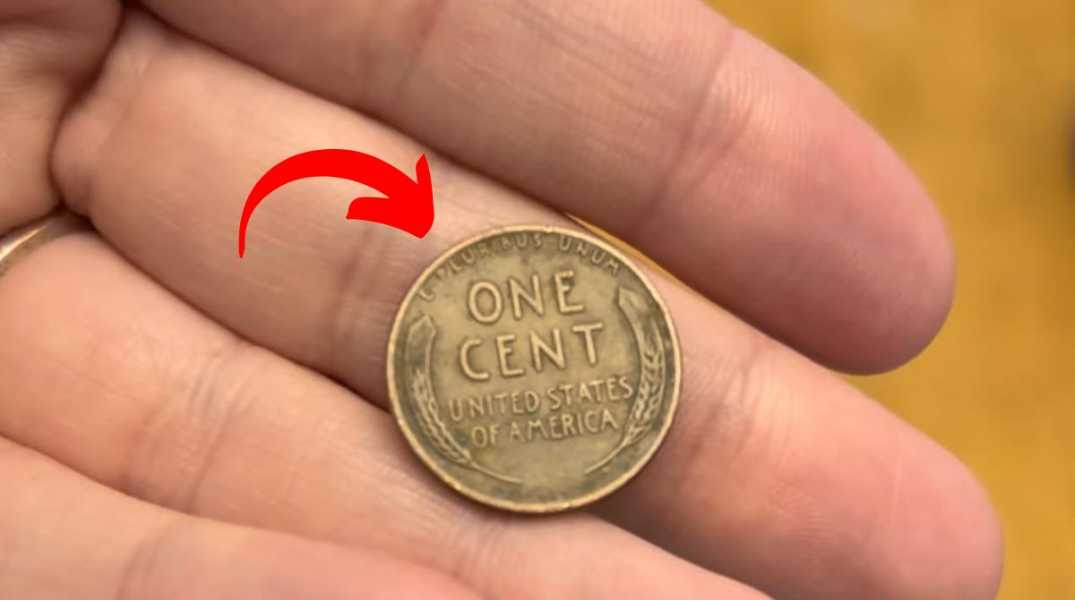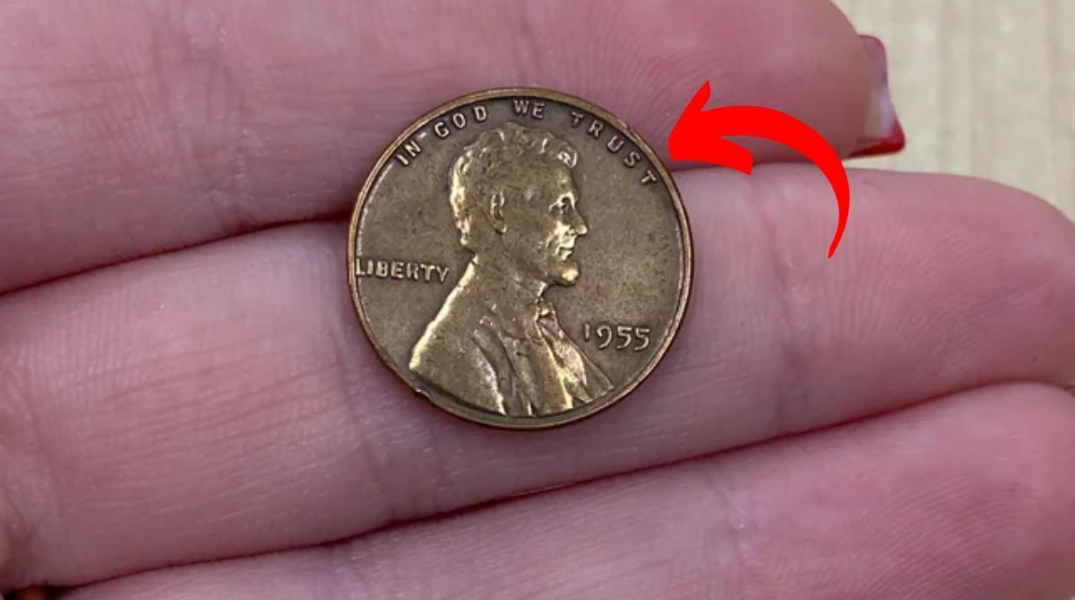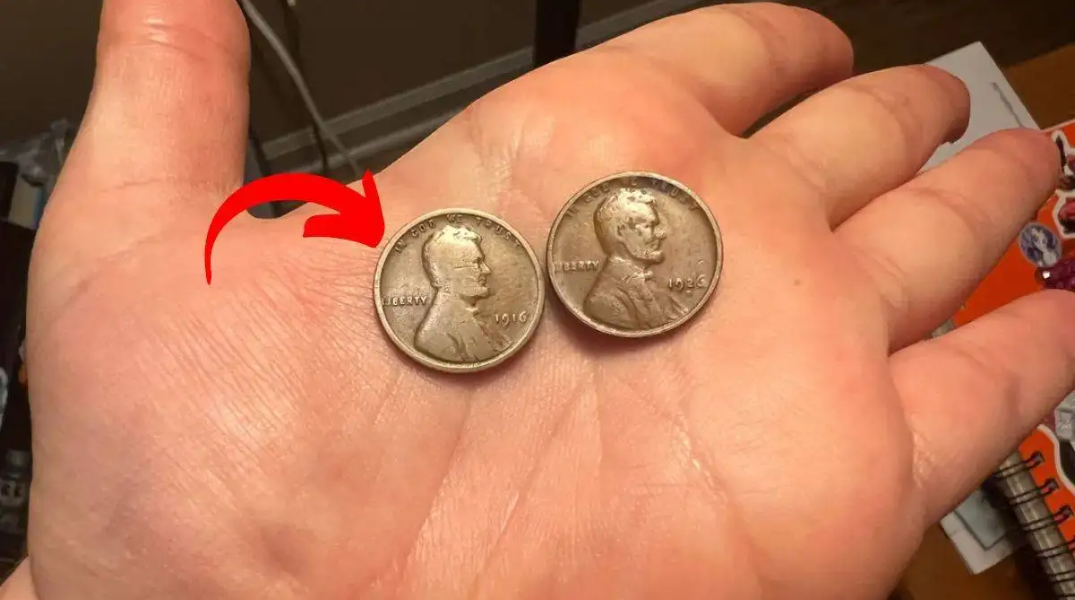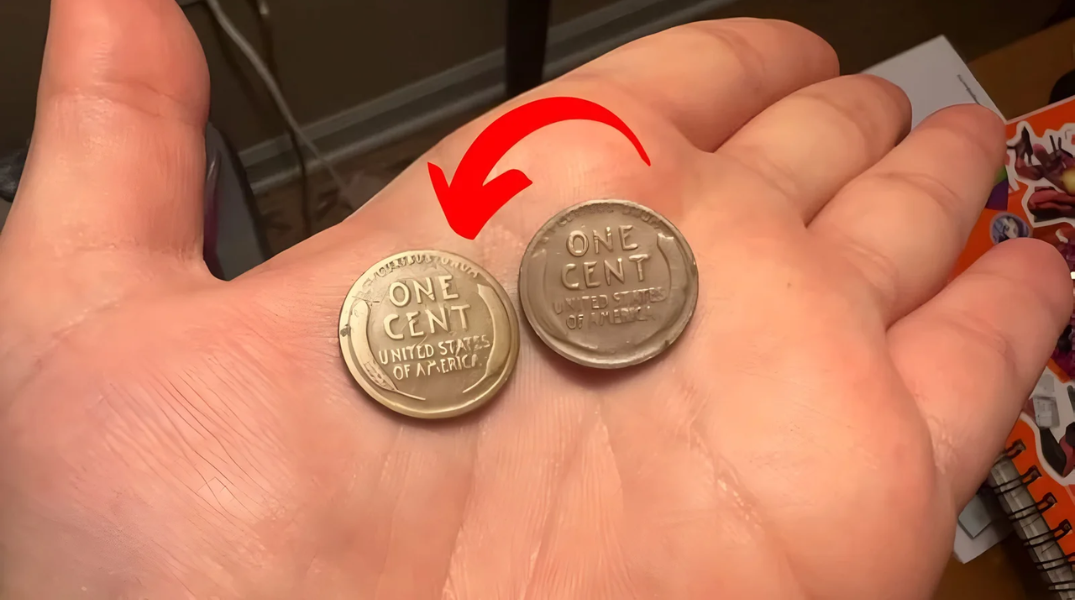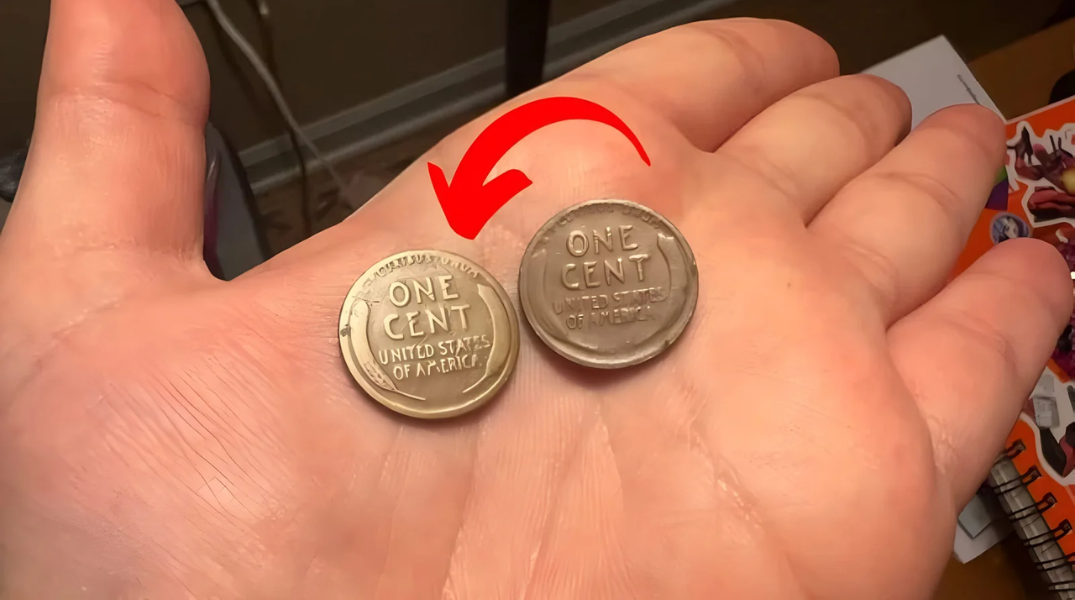The Lincoln Wheat Penny has captured national attention after reports surfaced of a specimen potentially worth a staggering $966 million. Though this eye-popping valuation remains speculative, it has ignited a surge of interest in coin collecting across the country. Everyday Americans are now sifting through jars of loose change and examining old piggy banks, hoping to stumble upon a piece of hidden treasure.
While the odds of finding a multimillion-dollar penny are slim, this modern-day treasure hunt is sparking renewed curiosity in numismatics, U.S. history, and the artistry behind coins we often take for granted.
A Historic Coin With Humble Beginnings
The Lincoln Wheat Penny first debuted in 1909 to commemorate the 100th birthday of President Abraham Lincoln. Designed by Victor David Brenner, it was the first American coin to feature a real person’s portrait—Lincoln’s noble profile on the obverse (front) and two wheat stalks on the reverse.
These pennies circulated until 1958, when the reverse design was changed to depict the Lincoln Memorial. During this nearly 50-year run, billions of Lincoln Wheat Pennies were produced. Most are only worth a cent, but a select few—thanks to minting errors, rare compositions, or limited releases—have become holy grails for collectors.
What Could Make a Penny Worth Millions?
Not all Wheat Pennies are created equal. Certain years and minting anomalies turn otherwise ordinary coins into numismatic gold. Some of the most famous and valuable examples include:
- 1943 Copper Penny: While most 1943 pennies were made of steel due to wartime copper shortages, a few copper blanks were accidentally used. These rare specimens can be worth up to $1 million or more.
- 1909-S VDB: This early version bears the initials of its designer (VDB) and was minted in small numbers in San Francisco. In excellent condition, it can fetch over $1,000.
- 1922 Plain Penny: This Denver-minted coin lacks the usual “D” mint mark, making it a prized rarity.
- 1955 Double Die: Known for a striking error that duplicated the date and lettering—highly coveted by collectors.
So what about that $966 million figure? Some experts speculate that a one-of-a-kind 1943 copper penny in pristine, uncirculated condition—authenticated and auctioned at the right time—could fetch a surreal valuation from the right buyer. While theoretical, this story has lit a fire under collectors, both seasoned and new.
Could a Rare Penny Still Be in Circulation?
Absolutely. What makes coin collecting especially thrilling is the possibility that rare coins may still be hiding in plain sight—inside coin jars, cash registers, or stuck between car seats. Unlike gold bars or rare paintings kept under lock and key, coins circulate freely and often go unnoticed.
This accessibility turns everyone into a potential treasure hunter. You don’t need deep pockets or fancy equipment—just sharp eyes and a little knowledge.
How to Spot a Valuable Lincoln Wheat Penny
If you’re ready to hunt, here’s what to look for:
- Date & Mint Mark: Check for key years (1909, 1914, 1922, 1931, 1943) and mint marks like “S” (San Francisco) or “D” (Denver). No mint mark means it was made in Philadelphia.
- Material: Most 1943 pennies are steel. If yours is copper and passes the magnet test (copper won’t stick), it may be worth investigating.
- Condition: A shiny, crisp penny with minimal wear (called “mint state”) is far more valuable than a beat-up one.
- Errors: Double dies, off-center strikes, and missing details can boost a coin’s worth dramatically.
Don’t Clean That Penny!
If you think you’ve found something special, resist the urge to clean or polish it. That can reduce its value significantly. Instead, send it to a reputable coin grading service like PCGS or NGC for professional evaluation. They’ll authenticate the coin, assess its condition, and provide documentation to confirm its value.
Why the Hunt Matters Beyond Money
Even if you don’t find a million-dollar coin, the journey itself can be rewarding. Coin collecting opens a window into American history—teaching us about wartime resourcefulness, minting technology, economic shifts, and even political controversies (like the backlash over Brenner’s initials on the 1909 VDB).
For kids and families, it’s a hands-on way to explore history, math, and science. Many schools now use coin collecting as a teaching tool, integrating it into lessons on timelines, value, probability, and historical events.
A Tangible Link to Our Past
Each Lincoln Wheat Penny carries a story. A 1943 steel cent reminds us of the sacrifices made during World War II. A 1922 no-mint-mark penny tells of equipment failure and improvisation. Holding a century-old coin that once passed through Depression-era hands or wartime pockets connects us to generations before us
Frequently Asked Questions (FAQs)
Q: Is the $966 million penny real?
A: No single penny has officially sold for that amount. However, the number highlights the extreme value rare coins can reach in the right conditions. It reflects more of a symbolic or speculative value than a confirmed sale.
Q: Where can I get a penny appraised?
A: Contact professional services like PCGS (Professional Coin Grading Service) or NGC (Numismatic Guaranty Company) for expert evaluation and certification.
Q: Are all Wheat Pennies valuable?
A: No. Most are worth only face value or slightly more. But specific dates, mint marks, and minting errors can raise the value significantly.
Q: How can I tell if my 1943 penny is copper or steel?
A: Use a magnet! Steel pennies stick to magnets, copper ones don’t. If your 1943 penny doesn’t stick, have it professionally evaluated—it could be valuable.
Q: Can kids start collecting?
A: Yes! Coin collecting is an educational and fun hobby for all ages. It’s a great way for children to learn about history, geography, and currency.
The Takeaway
The legend of the $966 million Lincoln Wheat Penny may be more myth than reality, but it serves a bigger purpose—reminding us that history, mystery, and value can still be found in the simplest places. Whether you’re hunting for treasure or just appreciating the past, coin collecting proves that even pennies can be priceless.
